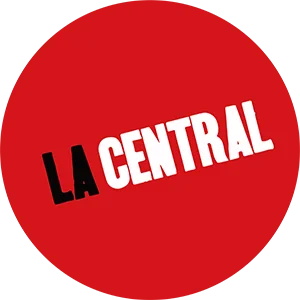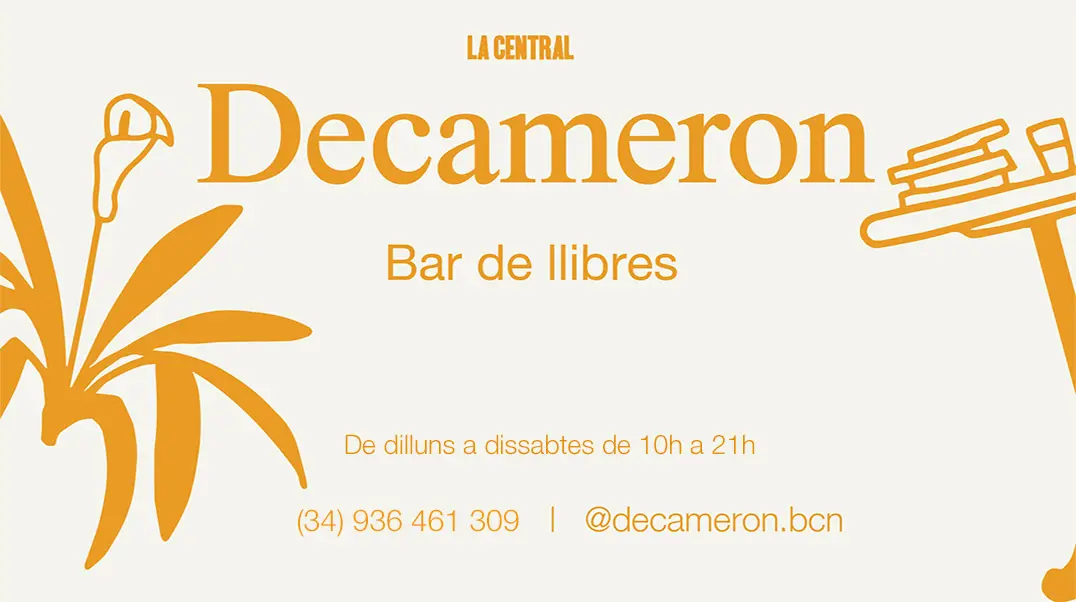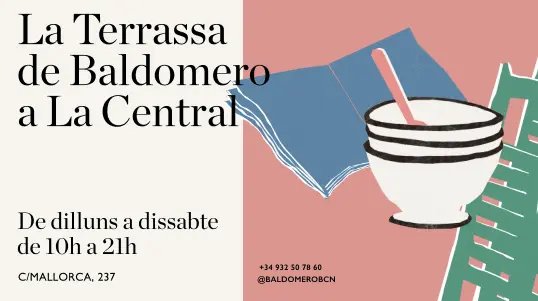Historical grammar of the visual arts

Historical grammar of the visual arts
Pròleg: Benjamin Binstock
Traducció: Jacqueline E. Jung
Editorial: Zone
Pàgines: 495
Any: 2005
EAN: 9781890951450
32,50 €
ENVIAMENT GRATUÏT*
Sense existències ara
Rep-lo a casa en una setmana per Missatger o Eco Enviament*
The work of Alois Riegl (1858-1905) has been highly influential in art history of the modern age. Riegl, the most important member of the so-called Vienna School, developed a refined technique of visual or formal analysis that departed from the iconological method, which emphasized decoding motifs through recourse to texts. Riegl also pioneered understanding of the changing role of the viewer, the significance of non-high art objects (or what would now be called visual or material culture), and theories of art and art history, including his much-debated neologism Kunstwollen (the will of art). His major works include Foundations for a History of Ornament, Late Roman Art Industry, and The Group Portraiture of Holland. Riegl´s Historical Grammar of the Visual Arts, which brings together the diverse threads of his thought, is now available to an English-language audience, in a masterful translation by Jacqueline E. Jung. In one of the earliest and perhaps the most brilliant of all art historical surveys, Riegl addresses the different visual arts within a sweeping conception of the history of culture. His account derives from Hegelian models but decisively opens onto alternative pathways that continue to complicate attempts to reduce art merely to the artist´s intentions or its social and historical functions.
First Version: Book Manuscript of 1897-1898 Introductory Remarks 51 Part One Worldview 55 I First Period: Art as Improvement of Nature Through Physical Beauty 57 II Second Period: Art as Improvement of Nature Through Spiritual Beauty 67 III Third Period: Art as Reproduction of Transitory Nature 95 Part Two Elements of the Work of Art 107 IV Purpose 109 V Motifs 123 VI Form and Surface 187 Draft of the Missing Conclusion 269 Second Version: Lecture Notes of 1899 Introduction 287 Part One Worldview 303 I First Period: Antique Anthropomorphic Polytheism to the Third Century C.E. 307 II Second Period: Christian Monotheism, 313-1520 323 III Third Period: Natural-Scientific Worldview 337 Part Two Elements 341 IV Motifs and Purposes 343 V Form and Surface 395 Notes 435 Illustrations 445 Index
First Version: Book Manuscript of 1897-1898 Introductory Remarks 51 Part One Worldview 55 I First Period: Art as Improvement of Nature Through Physical Beauty 57 II Second Period: Art as Improvement of Nature Through Spiritual Beauty 67 III Third Period: Art as Reproduction of Transitory Nature 95 Part Two Elements of the Work of Art 107 IV Purpose 109 V Motifs 123 VI Form and Surface 187 Draft of the Missing Conclusion 269 Second Version: Lecture Notes of 1899 Introduction 287 Part One Worldview 303 I First Period: Antique Anthropomorphic Polytheism to the Third Century C.E. 307 II Second Period: Christian Monotheism, 313-1520 323 III Third Period: Natural-Scientific Worldview 337 Part Two Elements 341 IV Motifs and Purposes 343 V Form and Surface 395 Notes 435 Illustrations 445 Index



















